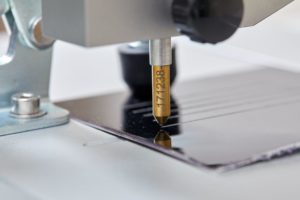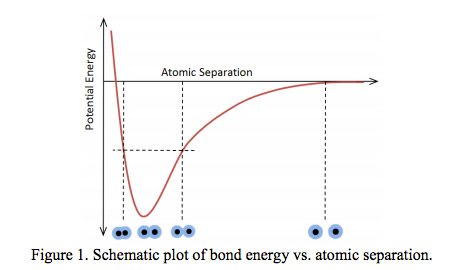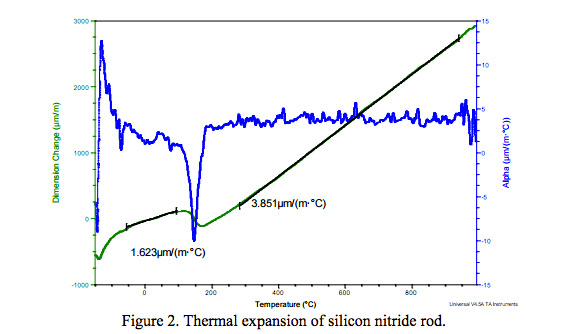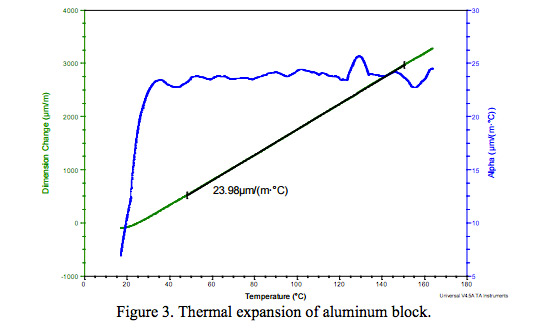- Lab Services
- Surface Roughness & 3D Topography
- Chemical
- Color Measurement
- Contact Angle
- Gloss Measurement
- Liquids
- Mechanical
- Abrasion
- Contact Stylus Surface Roughness Analysis
- Depth Profiling
- Express Property Mapping through Accelerated Nanoindentation
- Macroscratch
- Microindentation
- Microscratch
- Modulus Mapping
- NanoDMA
- Nanoindentation
- Nanoscratch
- Rheology
- Scratch Testing ISO 1518
- Shore A and Shore D Hardness
- Universal Testing Machine
- Metallurgy
- Microscopy
- Particle Size
- Peel Strength
- Pore Size
- Technical Consulting
- Thermal
- Tribological
- X-Ray Diffraction
- Zeta Potential
- Products
- Industries
- Resources
- About Us
- Testimonials
- Contact Us


 The Aerospace industry has a necessity for materials that are forced to undergo extreme conditions. Material testing is crucial to make sure that all of the parts have the desired characteristics so that they function as required for the environment. Performance materials such as polymers, metals and ceramics are implemented during the manufacturing process for aerospace products. The scientists at Ebatco will provide a professional report to demonstrate that each part has the desired material characteristics. The services provided will integrate seamlessly into your company’s process for development or verification.
The Aerospace industry has a necessity for materials that are forced to undergo extreme conditions. Material testing is crucial to make sure that all of the parts have the desired characteristics so that they function as required for the environment. Performance materials such as polymers, metals and ceramics are implemented during the manufacturing process for aerospace products. The scientists at Ebatco will provide a professional report to demonstrate that each part has the desired material characteristics. The services provided will integrate seamlessly into your company’s process for development or verification.

